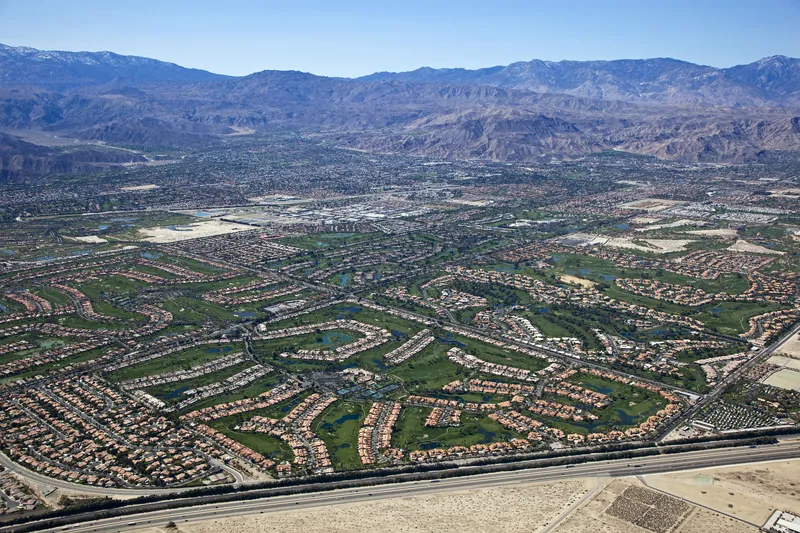
California's Coachella Valley Association of Governments (CVAG) is using Q-Free’s Kinetic Mobility ATMS platform to manage its CV Sync smart traffic management upgrade project.
CV Sync includes a complete upgrade of the region’s legacy signal controllers and traffic management and communications systems with new ITS tech and the development of new regional and local traffic management centres.
Signal control needs to switch between the city and the region level to ensure best traffic flow during major events, such as the annual Coachella music festival and Indian Wells tennis tournament, which create an influx of visitors to the region.
Component systems in the new traffic system need to be scalable and upgradeable to reflect new technology as it becomes available.
Kinetic Mobility enables integration to ITS devices from several manufacturers. “This is an innovative and highly watched project,” says Q-Free CEO Mark Talbot.
"Kinetic Mobility’s module design allows for extensive customisation, offering a range of capabilities to suit any community’s needs.”
Carlos A. Ortiz, CEO of CV Sync's lead consultant, Advantec Consulting Engineers, says: “With the high stakes and visibility of the CV Sync project, we needed a robust and flexible solution. Kinetic Mobility's comprehensive suite of tools enables us to manage the region's complex traffic patterns efficiently, ensuring smooth operations during peak times and special events. The project's success so far is a testament to our collaboration, and we look forward to continued growth and innovation.”
Q-Free's solution includes a variety of optional modules, such as Kinetic Signals, Kinetic Signs, Kinetic Events, Kinetic Counts, and Kinetic Corridors, all of which have been deployed in Coachella Valley and will be showcased at the ITS California 29th Annual Conference & Exhibition in San Francisco on 26-28 August.








